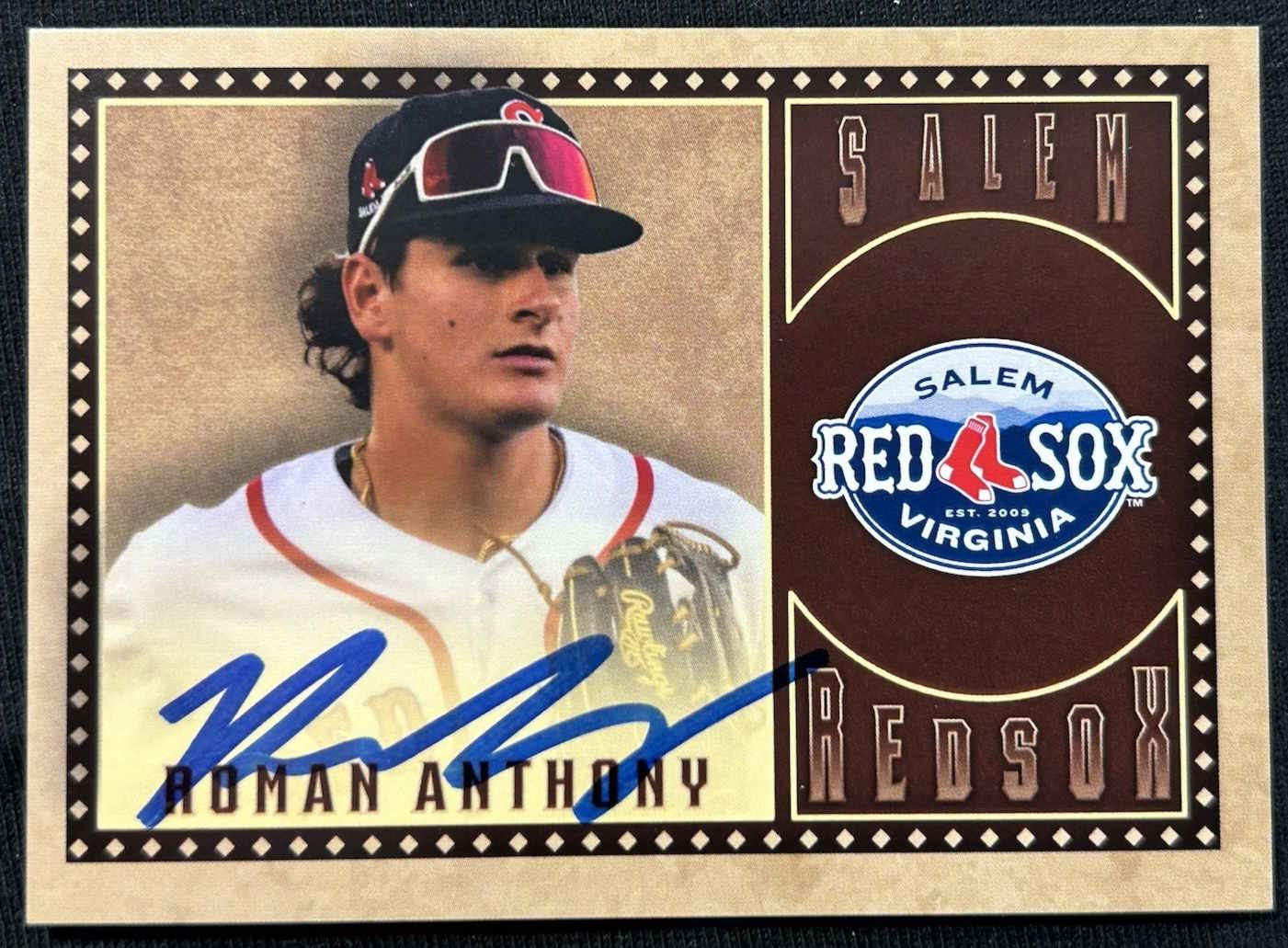
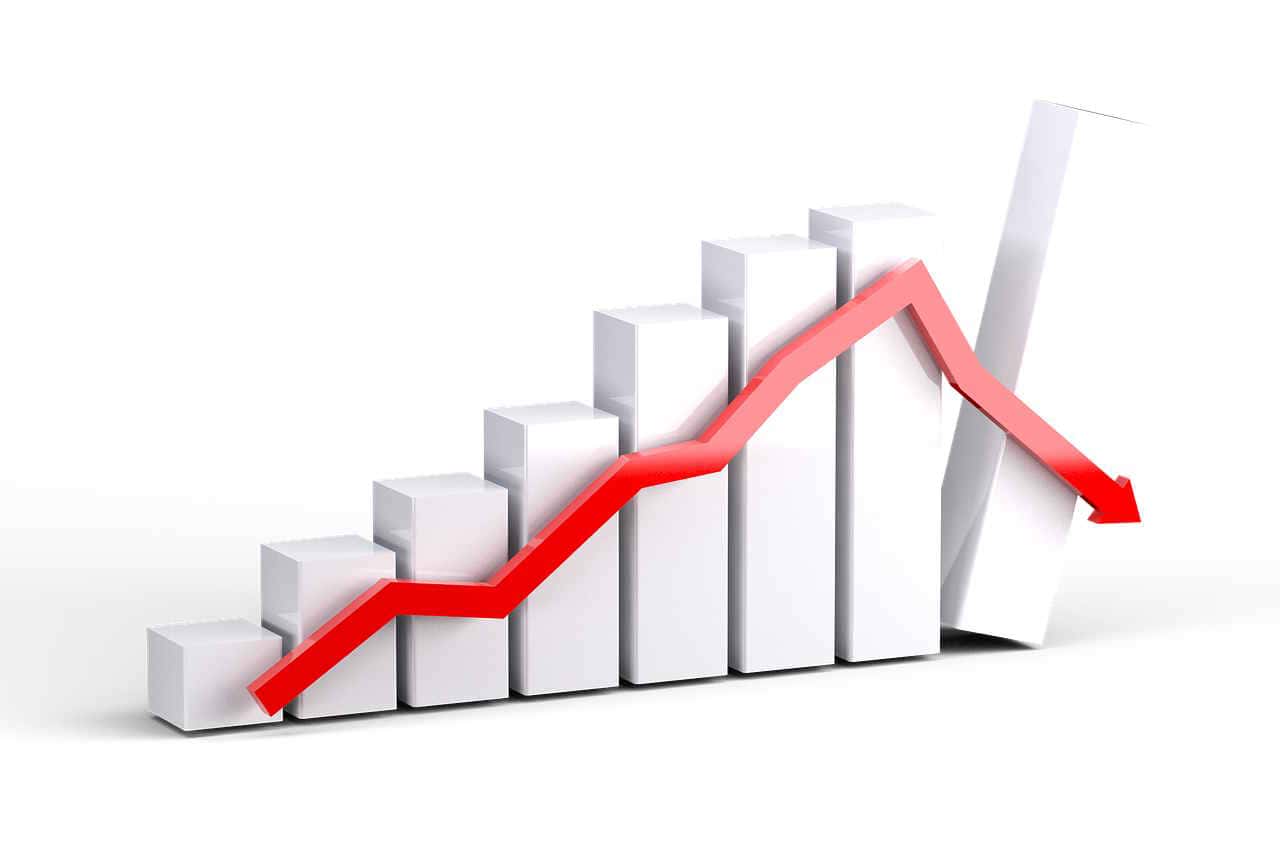
It has become one of the biggest cliches in sports card social media: ” Prices are collapsing! All is lost!” But people continue to make good money off cards despite all the doom and gloom.
Why is that? We explain this by looking deeply at the myth of the sports cards crash and explaining what is going on.
We have all seen it a million times. The posts and videos show how sports card values are decreasing to zero. Indeed, the sports card market’s apocalyptic narrative has taken root.
Social media and even mainstream outlets paint a picture of total collapse. Of course, plenty of horror stories confirm this viewpoint. Think of folks like Mac Jones and Zion Williamson, whose values have risen and then plummeted to the depths of hell. In those cases at least, blue-chip investments turned into financial nightmares.
Even outlets like Sports Illustrated have jumped into the fray.
Their cheery piece, “Sports Card Prices are Falling: Is It the End?,” was the journalistic equivalent of these Reddit posts. They reported that football was down 6%, baseball down 8.35%, and hockey had plummeted over 11%. The year before, Business Insider highlighted how indexes tracking non-traditional assets like trading cards tumbled in 2023 as consumers responded to high inflation. Meanwhile, YouTube channels are filled with dramatic titles like [“What HAPPENED To The Sports Card Market? Luka Rookie $1500 to $150 in 3 years?”
All this suggested a complete market implosion that has decimated collector investments.
The common wisdom suggests that what was once considered a promising alternative investment has devolved into a cautionary tale of speculative excess and market volatility.
But do the numbers back this story up? The short answer is no. Most of the horror stories surround players who did not pan out. At least not the way collectors hoped that they would.
A lot of that is just how the market works. Some of it is also influencers who pump and dump cards. (Cough! Geoff Wilson! Cough!)
Beneath the sensationalist headlines of market collapse lies a far more sophisticated reality. Take CJ Stroud as a perfect case study: his base Prizm PSA 10 rookie card fluctuates between $6 and $43, a range that reflects the market’s inherent uncertainty about young talent.
Yet his Silver Prizm PSA 10 tells a dramatically different story, with auction prices ranging from $415 to $849 – a testament to the intricate factors determining a card’s actual value.
This complexity extends beyond individual players. Anthony Edwards’ Ruby Wave Prizm PSA 10 demonstrates the market’s sophisticated ecosystem, with auction prices swinging from $350 to $933. These aren’t random fluctuations, but calculated responses to perceived long-term potential, card scarcity, and collector sentiment.
While social media pundits scream about market collapse, sophisticated collectors understand that volatility is not destruction – it’s opportunity. The players who flame out (like Mac Jones or Zion Williamson) are not market failures, but natural selection in a dynamic collecting ecosystem.
Critically, the broader market tells a story entirely different from the apocalyptic narratives. Market research projects that the trading card industry could expand from $13 billion in 2024 to $271.2 billion by 2034 – a growth trajectory that contradicts claims of market death.
This isn’t just growth; it’s a fundamental transformation. The so-called “crash” is more accurately a market maturation, where speculative excess gives way to more sophisticated valuation models. Collectors who understand this and can distinguish between hype and genuine potential will survive and thrive in this evolving landscape.
Let’s take a deep dive into baseball cards. 2025 reveals a market driven by nuanced value creation. Prospect cards continue to dominate.
Some players are showing incredible surges, for example, the recent 1,633% surge in George Lombard Jr.’s 2024 Bowman Paper Prospects Pink Border /175 card – a testament to the market’s appetite for the next big thing. Especially their low numbered cards. Other big movers over the last 30 days include:
Another thing to remember is that when people talk about the card market crashing, they never mean vintage cards. Vintage cards tend to appreciate slowly over time, with few significant and long-term dips.
Here are how some of the broader swings we have seen over the last 30 days:
• Chipper Jones 1991 Score: +70.6%
• Nolan Ryan 1979 Topps: +29.1%
• Bo Jackson 1990 Score: +17.3%
• Bill Ripken 1989 Fleer Error Card: Remarkably stable at -0.8%
The Bill Ripken error card’s near-zero movement is particularly fascinating, highlighting how certain cards maintain value through historical quirks and collector fascination.
Premium Variations Ecosystem: The market increasingly rewards specificity, with certain card categories showing consistent high growth:
• Numbered Parallels (/25-/499): Consistently 100%+ growth
• First Edition Chrome Prospects: 116-178% average increase
• Refractor Autographs: 90-300% appreciation range
Here are some cards to focus on:
The 2025 baseball card market defies simplistic categorization. While prospect cards drive explosive growth, vintage cards, error cards, and historically significant variations maintain their unique appeal.
Collectors are increasingly sophisticated, understanding that value emerges from a complex interplay of rarity, potential, and narrative.
Basketball cards are going nowhere in recent months. But there has been a resurgence of sorts recently. The numbers show a good amount of opportunity here. Three critical dynamics define this expansive market:
There aren’t too many rookies and recent rookies that people are chasing. But the ones that have momentum behind them, are doing great. Take a look at some of the biggest movers in the last 30 days:
• Amen Thompson: +3,510% (30-day surge)
• Victor Wembanyama: Multiple cards showing 20-60% appreciation
• Cooper Flagg: Emerging as top rookie prospect with 10-30% appreciation
The popular cards for retired superstars continue to show powerful long-term return on investment. In particular, Michael Jordan’s cards—spanning multiple decades and variations—remain a masterclass in sustained collectible value.
From his 1986 Fleer to obscure 1990s inserts, Jordan cards demonstrate that authentic sporting iconography transcends temporary market fluctuations.
Look at the numbers:
• Shaquille O’Neal 1992 Fleer #401: +80.8% (30 days)
• Kobe Bryant 1997 Metal Universe: +86.3% growth
• Michael Jordan Vintage Variations: Consistent 20-90% increases
Then we have specific cards that are doing very well. These have scope for growth, at least in the short-term:
• WNBA Cards: Caitlin Clark driving significant interest. In particular: with multiple variations showing significant appreciation; 2024 Prizm WNBA Base: Varied performance; 2024 Select WNBA Variations: Strong collector interest; Numbered/Limited Editions: Commanding premium values.
• Limited Print Run Variations: Commanding premium values
• Super Short Print (SSP) Cards: Demonstrating highest volatility
The 2025 basketball card market is a sophisticated ecosystem where statistical performance, collector psychology, and emerging talent intersect. Success demands more than financial investment—a deep appreciation for the stories these cards tell.
Football cards have also been rebounding in price. Anyone following has noticed that the rookie class has several names that are gaining attention. In particular, Caleb Williams and Jayden Daniels. Standout performers include:
Caleb Williams: Multiple card variations showing explosive growth
Jayden Daniels: Diverse Card Performance
The football vintage cards are not doing as well as their NBA counterparts. They are mostly holding on to their value:
Tom Brady Rookie Era Cards: Maintaining significant collector interest
One welcome development is that some non-quarterbacks are also gaining strong value. There is more positional diversity than in the past. All of these guys are gaining traction:
Wide Receivers:
Other Top Non-QB Prospects:
Investment Strategy Recommendations:
The 2025 sports card market reveals a fascinating hierarchical landscape where each sport brings unique investment dynamics.
Football cards demonstrate the most aggressive appreciation potential, driven by rookie quarterbacks like Caleb Williams and Jayden Daniels, whose card variations are experiencing unprecedented 36-182% growth trajectories.
Basketball maintains its consistent allure through generational talents and narrative-driven collectibility, with players like Victor Wembanyama and Luka Dončić anchoring substantial market interest.
Baseball, while traditionally dominant, now occupies a more measured investment space – vintage cards and legendary player collections provide.
Social media and card manufacturers have created a hyper-focused environment around new players, but this approach is dangerous. Cautionary tales abound of seemingly can’t-miss prospects like Carson Wentz and Zion Williamson whose card values plummeted after initial excitement.
The brightest collectors are learning to distinguish between momentary hype and genuine long-term value, prioritizing cards of established legends and players with proven track records over flashy rookie investments that often depreciate faster than a new car leaving the dealership.
The future of sports card collecting looks both challenging and promising. An aging collector base suggests potential market shifts in the coming decades, with massive vintage collections likely to enter the market.
This could create unique supply and demand dynamics that savvy collectors can leverage. The key to success isn’t chasing every new trend, but developing a strategic approach that balances historical significance, player performance, and market dynamics.
The bottom line is this. Sports card prices are not going down. People are becoming more intelligent and chasing rare cards with more upside. Many other cards are being abandoned. Meanwhile, others are falling for hype and buying cards they shouldn’t.
The sports card “crash” is the most overblown narrative since the collector’s equivalent of Chicken Little. What we’re witnessing isn’t destruction — it’s evolution. The market isn’t collapsing; it’s becoming intelligent.
Sophisticated collectors understand that volatility isn’t weakness. It’s opportunity. The sensationalist headlines screaming “MARKET DEAD” are the last gasps of an outdated speculative mindset. The real story? A dynamic ecosystem sorting signal from noise.
The trading card industry isn’t just surviving. It’s projected to explode from $13 billion to $271.2 billion by 2034. That’s not a crash. That’s a metamorphosis.
Your move, collectors: Adapt or be left holding overpriced cardboard.
2025 Topps All Star Game Mega Box Product Review
Ripping the new Topps All Star Game mega box.
Is this new sports card store the BEST VALUE around?
I Tested eBay Auction Promotions So You Don’t Have To!
I deep-dove on Fanatics Collect so you don't have to (but should you?)
Panini is launching a WNBA Product at $30,000!?
Topps Chrome 2024-25 Basketball: Honest Review and Notes
Did you know this SECRET about PSA slabs? #sportscard #tcg

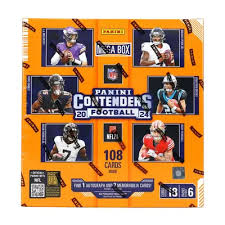
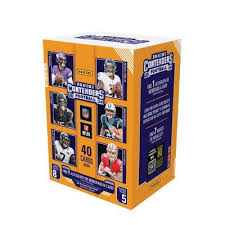
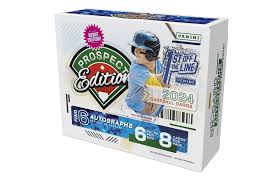
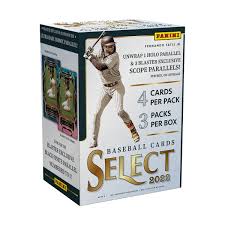

2022 Topps Heritage Baseball Blaster Box Configuration: 7 Packs per Box – 9 Cards per Box. Plus 1 extra pack.
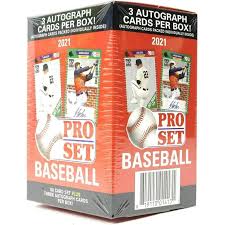
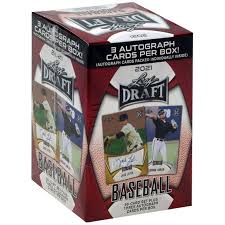



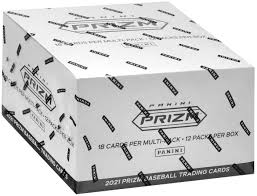



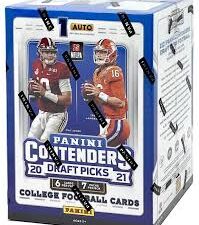
Keep up on breaking Sports Card News, our latest articles, product specials and exclusive content with expert analysis of hobby trends.

© Copyright 2025 - All rights reserved Cardlines.com / Media Techs LLC - Sports Card News, Reviews, Releases and BREAKS - #thehobby.
Important: When you click on links to various merchants on this site and make a purchase, this can result in this site earning a commission. Affiliate programs and affiliations include, but are not limited to, the eBay Partner Network.
The Ultimate 2024 Football Card Brand Tier List (Panini vs. Topps and more!)
Cardlines 9 hours ago